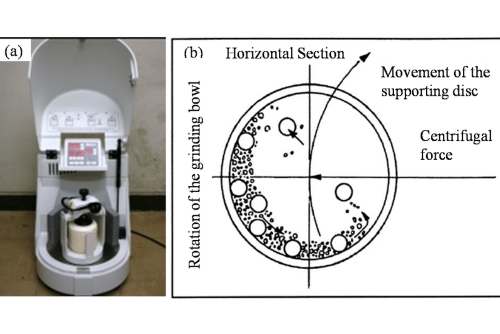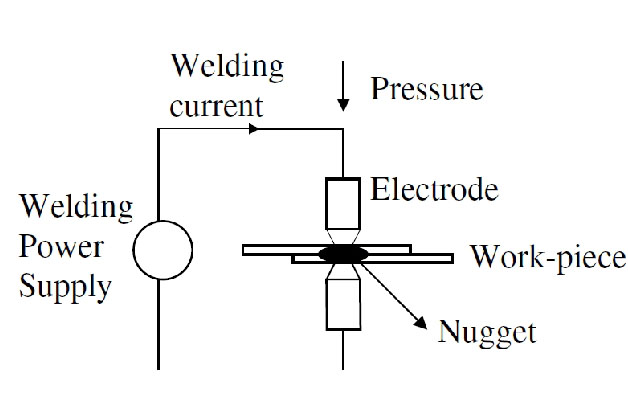Applications of Alumina in Quantum Computing
Quantum Computing Hardware
Quantum computing hardware is a field that develops electronic devices. These devices utilise quantum bits instead of conventional bits. Materials must withstand specific conditions in hardware design, such as very low temperatures and high isolation. Alumina plays a critical role in many of these devices. It serves as a supporting structure and an insulator, isolating and protecting sensitive components of quantum devices. Engineers and scientists value alumina for its consistency under operating conditions. Traditional metals and semiconductors may not perform adequately in the extreme conditions required for quantum systems. Alumina addresses these challenges with its proven track record.
Role of Alumina (Al₂O₃) in Quantum Computing Systems
Alumina, Al₂O₃, is employed in various aspects of quantum computing hardware. Its capability as an effective insulating material renders it suitable for the fabrication of quantum devices. Alumina features a smooth surface, which is essential for maintaining the delicate balance necessary in qubit operation. In many circumstances, alumina is preferred over other compounds due to its stability, which minimises defects in the system. This is vital in quantum platforms, where even minor errors can significantly impact performance.
Numerous devices reviewed utilise alumina in ways that prevent individual quantum bits from interference caused by extraneous electrical noise. This property results in quantum circuits exhibiting coherence for extended periods. Precision within these systems is crucial, and alumina provides stable support under challenging conditions in quantum hardware.
Alumina as a Dielectric Material for Qubits
One prevalent application of alumina is as a dielectric material. A dielectric is a substance that does not conduct electricity well. In qubit technology, alumina is utilised to impede leakage currents that may disrupt qubit operation. Alumina possesses a high dielectric constant, which endows it with a remarkable ability to buffer against stray electric fields. Examples include superconducting qubit systems where alumina layers are deposited between electrical layers in chip design.
Alumina's reliability in retaining electrical energy without loss is well established. Thin films of alumina deposited via atomic layer deposition are standard in laboratories. This technique produces a highly uniform and defect-free film. The use of alumina in these films has been shown to positively influence the quality factor of qubits, a measure of their efficiency and coherence time.
Alumina Substrates for Quantum Device Fabrication
Alumina is also a suitable substrate material for quantum device fabrication. A substrate that supports a thin film of superconducting or semiconducting material, the quality of the substrate affects the overall performance of the device. Alumina provides a flat, stable, and chemically inert surface. This feature is crucial when numerous layers of different materials are deposited.
During the fabrication process, a stable and smooth substrate is of great significance. Researchers have observed that devices fabricated on alumina substrates exhibit fewer issues related to surface roughness and defects, resulting in improved overall device performance. The mechanical properties of alumina allow for processing and handling without the risk of breakage or cracking.
Interface Engineering and Defect Control
In layered devices, the interface between two materials is important. Alumina significantly contributes to enhancing interface quality. A well-designed interface decreases the likelihood of defects during or after fabrication and helps maintain coherence in the quantum bits.
Defect control is critical in quantum circuits. A single defect may result in the loss of quantum information. The incorporation of alumina in interface engineering aids in mitigating these risks. Researchers have found that controlled deposition of alumina results in fewer unexpected trapping sites or charge fluctuations. Throughout my career, alumina-supported interfaces have consistently demonstrated better performance compared to non-supported interfaces.
Conclusion
In conclusion, alumina is a vital material in the domain of quantum computing hardware. It functions as an insulating layer, a substrate, and a dielectric component. For further information, please visit Stanford Advanced Materials (SAM).
Frequently Asked Questions
F: What is alumina used for in quantum computing hardware?
Q: Alumina is used as an insulator, substrate, and dielectric layer in quantum computer components.
F: How does alumina enhance qubit performance?
Q: Alumina reduces electrical noise and defects, ensuring improved coherence in qubits.
F: Why is alumina preferred for quantum device fabrication?
Q: Its stability and exceptional thermal and electrical insulation properties make alumina ideal for fabrication.

 Bars
Bars
 Beads & Spheres
Beads & Spheres
 Bolts & Nuts
Bolts & Nuts
 Crucibles
Crucibles
 Discs
Discs
 Fibers & Fabrics
Fibers & Fabrics
 Films
Films
 Flake
Flake
 Foams
Foams
 Foil
Foil
 Granules
Granules
 Honeycombs
Honeycombs
 Ink
Ink
 Laminate
Laminate
 Lumps
Lumps
 Meshes
Meshes
 Metallised Film
Metallised Film
 Plate
Plate
 Powders
Powders
 Rod
Rod
 Sheets
Sheets
 Single Crystals
Single Crystals
 Sputtering Target
Sputtering Target
 Tubes
Tubes
 Washer
Washer
 Wires
Wires
 Converters & Calculators
Converters & Calculators
 Write for Us
Write for Us





 Chin Trento
Chin Trento



